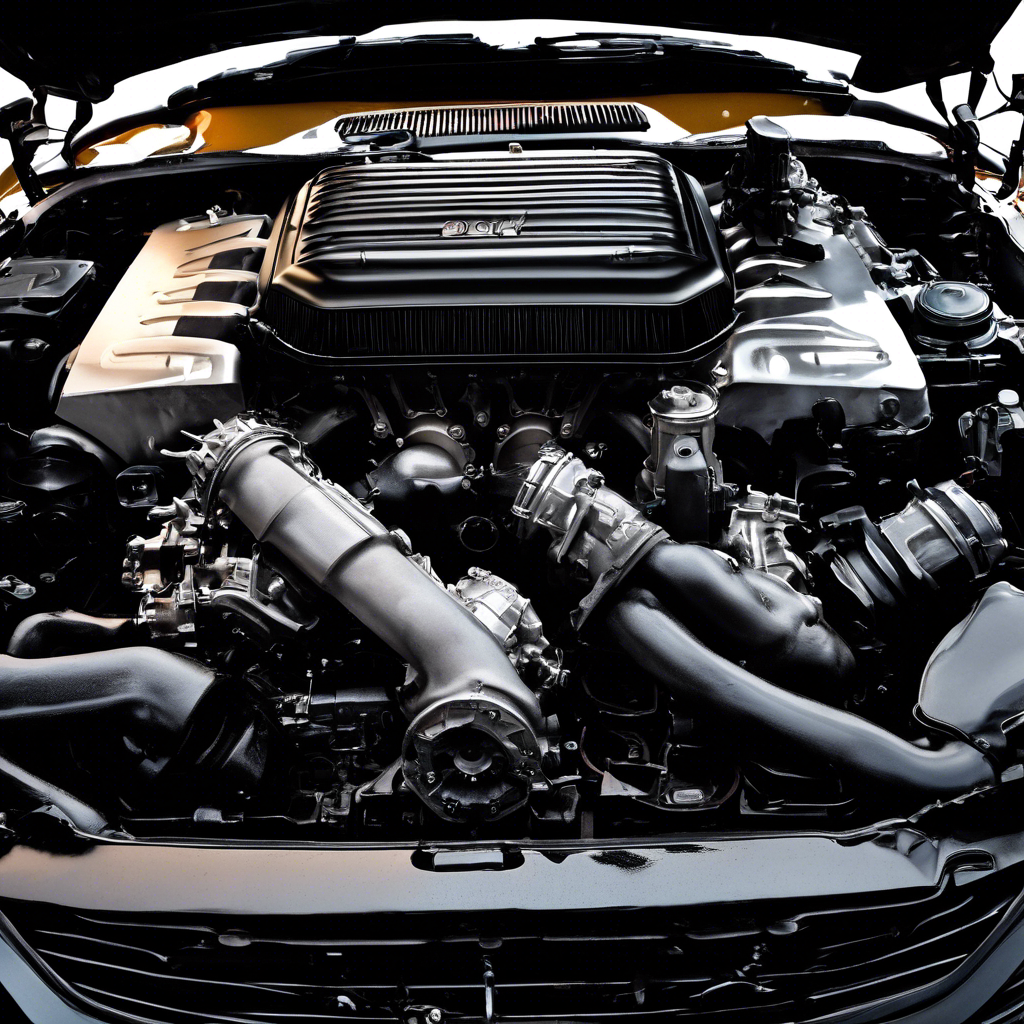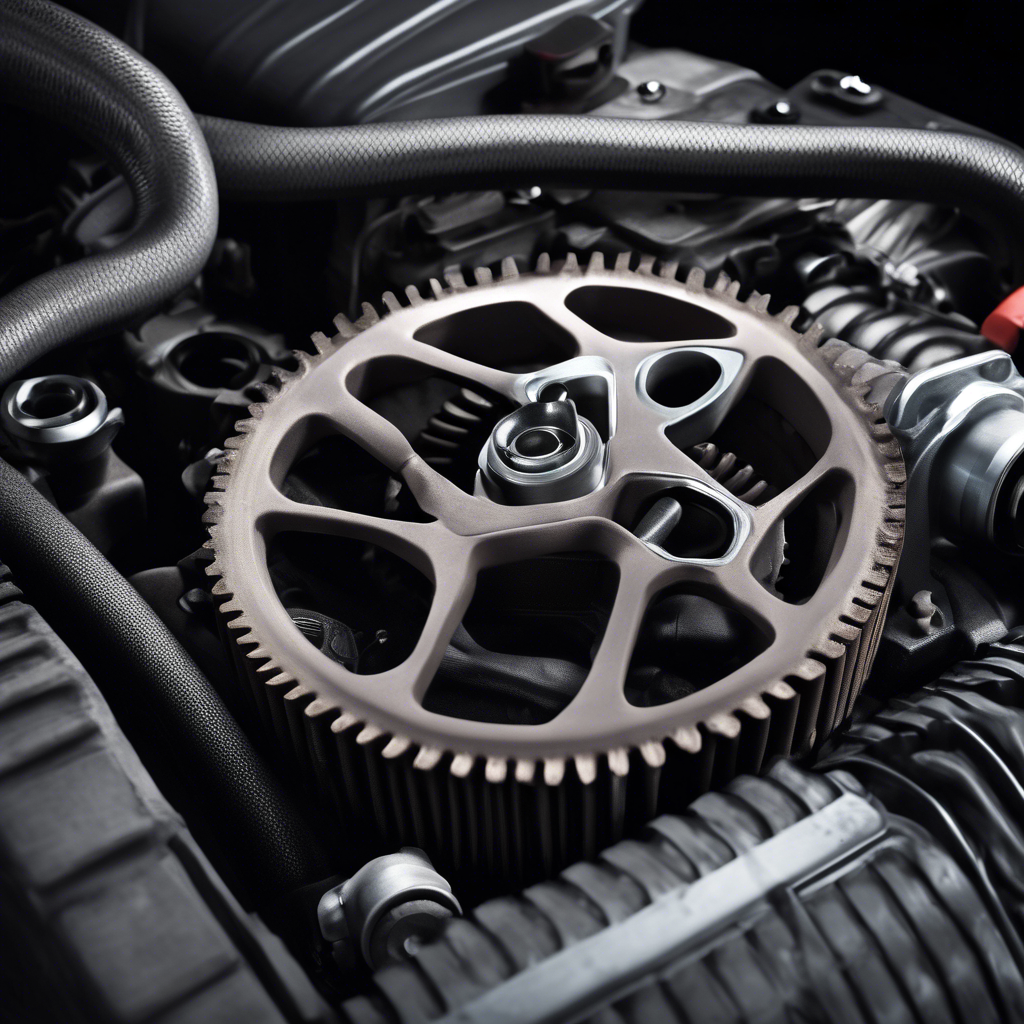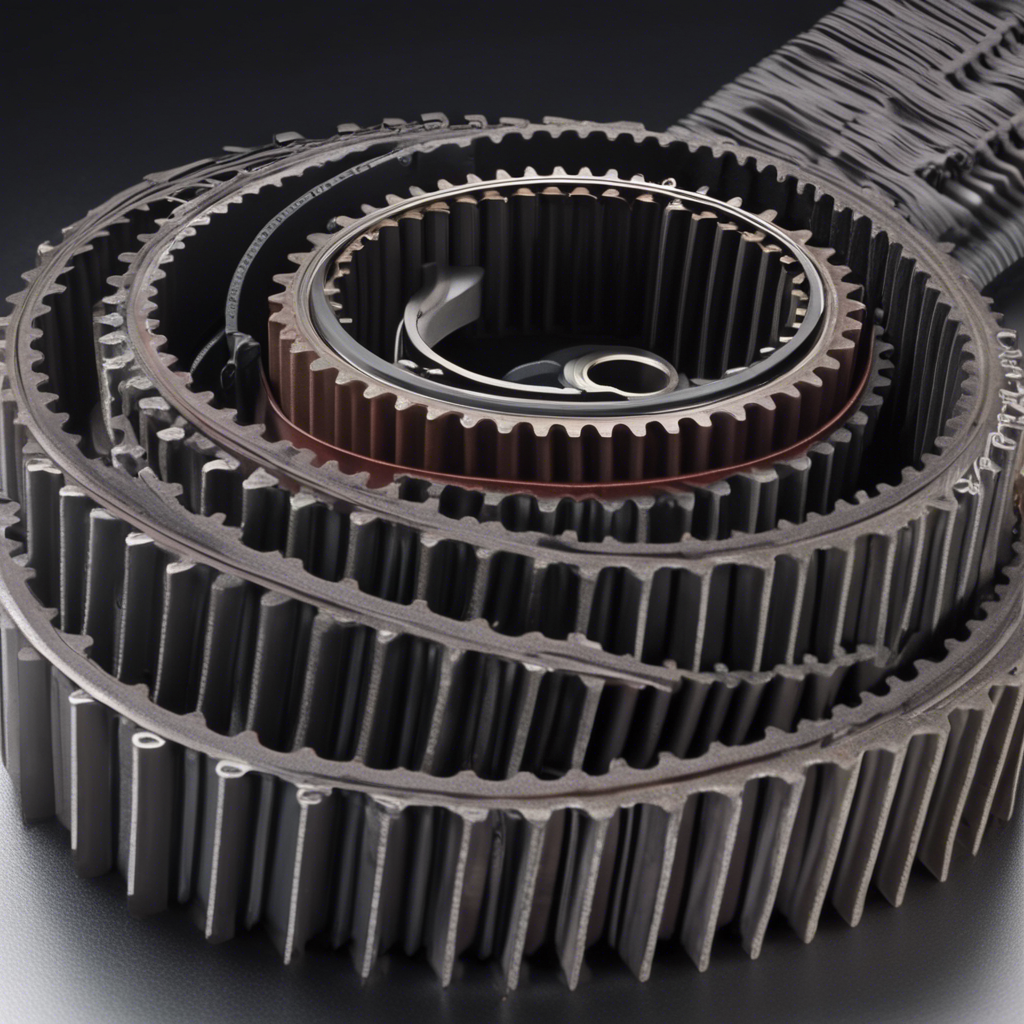A car’s timing belt is responsible for synchronizing the rotation of the engine’s camshaft and crankshaft. Timing belts are made of rubber and have teeth that mesh with the gears of the crankshaft and camshaft. Over time, the timing belt can become worn, cracked, or stretched, and if it breaks, it can cause the engine to jump time.

In addition to timing belt wear and breakage, there are other factors that can cause a car to jump time. Some of these factors include:

1. Incorrect installation: If the timing belt is not installed properly during routine maintenance or repair, it can cause the engine to jump time. It is essential to follow the manufacturer’s specifications and procedures when replacing the timing belt to ensure proper alignment.

2. Tensioner failure: The timing belt tensioner is responsible for maintaining the correct tension on the timing belt. If the tensioner fails, the timing belt can become loose or slack, leading to timing belt slippage and the engine jumping time.
3. Timing chain issues: Some vehicles use a timing chain instead of a timing belt. Timing chains are more durable than timing belts, but they can still wear out over time. If a timing chain becomes stretched or damaged, it can cause the engine to jump time.
4. Overheating: Excessive heat can cause the timing belt to weaken and lose its ability to keep the camshaft and crankshaft in sync. Overheating can also cause the metal components of the engine to expand and contract, affecting the timing belt’s tension and causing the engine to jump time.
5. Oil contamination: Oil leaks or spills can damage the timing belt and cause it to slip or jump time. Oil contamination can also affect the timing belt tensioner and pulleys, leading to timing belt failure.
6. Debris: Foreign objects such as dirt, dust, or debris can interfere with the movement of the timing belt and cause it to jump time. It is essential to keep the engine clean and free of debris to prevent timing belt issues.
7. High mileage: In general, timing belts are recommended to be replaced every 60,000 to 100,000 miles, depending on the manufacturer’s recommendation. High mileage vehicles are more prone to timing belt wear and failure, which can lead to the engine jumping time.
8. Severe driving conditions: Driving in extreme temperatures, stop-and-go traffic, or towing heavy loads can put additional stress on the timing belt and other engine components, increasing the risk of the engine jumping time.
In conclusion, several factors can cause a car to jump time, including timing belt wear, tensioner failure, timing chain issues, overheating, oil contamination, debris, high mileage, and severe driving conditions. Regular maintenance and timely replacement of the timing belt are essential to prevent the engine from jumping time and causing serious engine damage.
